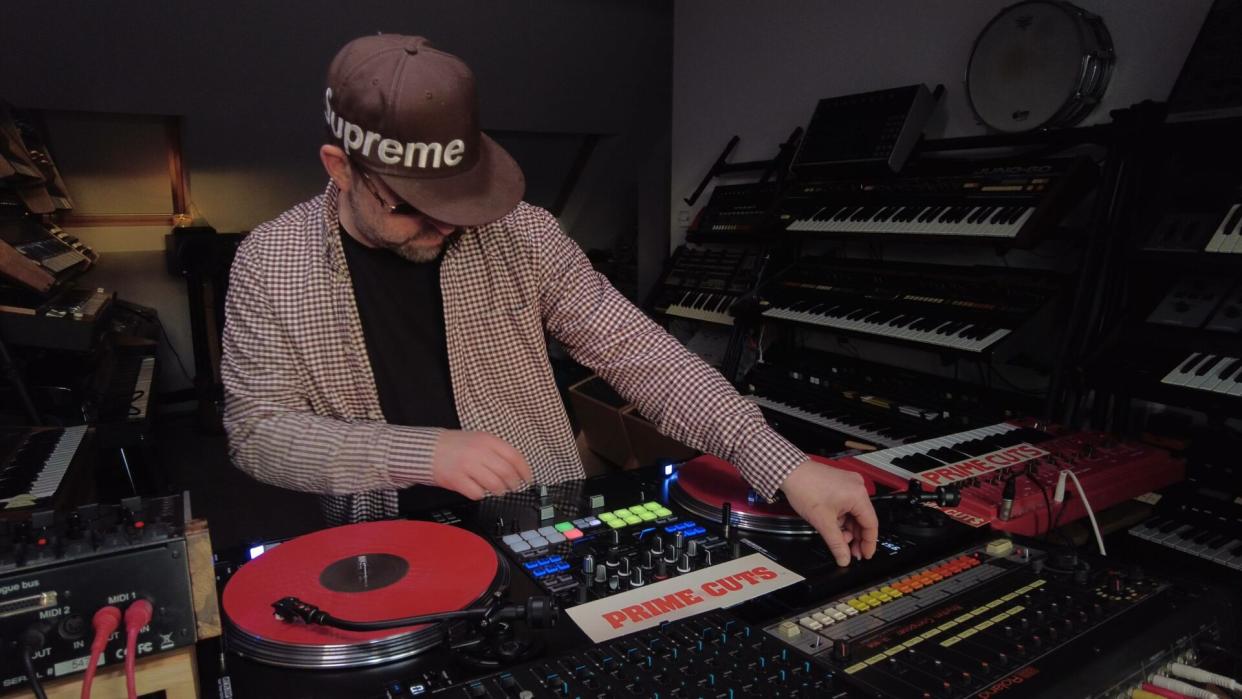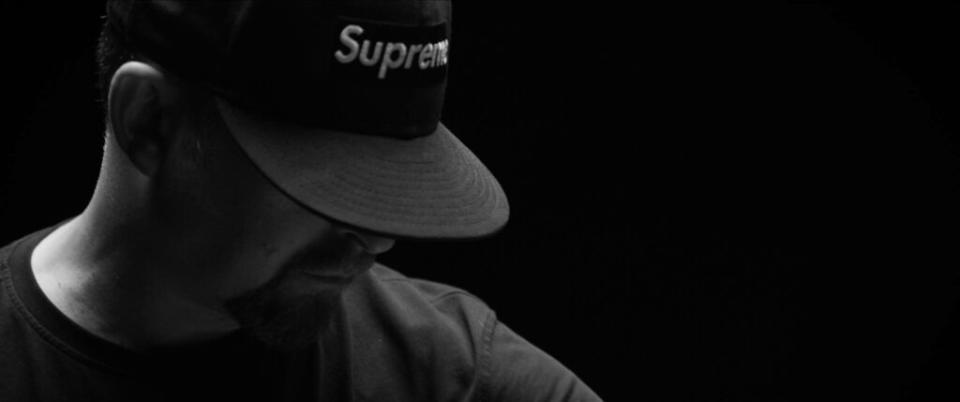On the record: Scratch Perverts’ DJ Prime Cuts looks back at his career

DJ Prime Cuts,aka Joel Clements, founded Scratch Perverts with Tony Vegas and DJ Renegade in London in 1996, winning two World DMC Team titles together. At one point there were eight people in the turntablist collective, but at the moment, Prime Cuts DJs under his own name and solo as Scratch Perverts. “We’ve been through so many line- up changes, we’re like the Lynyrd Skynyrd of turntables,” he says.
The Perverts have created mixes for FabricLive and the Guitar Hero spin-off DJ Hero, while Prime Cuts has won back-to-back World ITF Scratching titles. He recently released the uptempo, Detroit and Chicago- influenced ‘Chartist EP’ on The Trilogy Tapes, a label run by former Mo’ Wax designer Will Bankhead, who Prime Cuts has been friends with since he workedon the Unkle project.
“The joy of figuring out patterns in scratching is similar to figuring out the operation of an old piece of equipment. I love discovering new sounds,” he says. “I’ve built my studio with the desire to have as much human control as possible, but I love how machines can dictate the direction of the creative process. Often it can feel like a track is just happening.”
How has your gear evolved over the years?
My first ever turntable was part of an Amstrad system which I thought looked amazing, but it was a nightmare to try and scratch on. I often practised on a disco set-up at the local youth centre. My nan bought me my first set of turntables for my 16th birthday — I had to save forever to buy a Tandy mixer before I could properly use them. I’ve been through so many different mixers; back in the day they didn’t last very long! I switched to digital around 2009, as it was becoming harder and harder to play vinyl and dub plates at gigs. I now use Serato vinyl as it’s still the nicest way to perform on the decks, and I like to play actual records from time to time.
What’s the difference between mixing for a big live room and for a record?
Live gigs are wonderful, living in the moment and often getting away with a small mistake or two. I love this aspect of playing out, keeping things tight but also letting the music take its own course depending on what the crowd are feeling. Compiling for FabricLive or, more recently, my mix series for BBC 6 Music’s The Huey Show is a very different approach, it definitely blurs the lines between straight-up DJing and production work. The event of Serato Stems has recently opened up a lot of creative possibilities.
Which techniques would you call your own?
I’ve always been associated with the Euro Scratch, which is an unusual technique involving the manipulation of both the crossfader and the line fader. I won’t bore you with the details: just believe me when I say it’s awesome. Following a conversation with my dad about Jimi Hendrix, I came up with a way of feeding the mixer into itself to create a feedback loop that could be changed using the mixer faders and EQ. It became ubiquitous in DJ competitions for a few years, and I must admit I felt like I’d created a monster. We mentioned Fabric — I still have very fond memories of using a wire cable plugged into a mixer and playing drum patterns in Room 1. No other system sounded as incredible doing that trick.

What inspiration have you taken from others’ set-ups or innovations?
My live rig centres around a vintage HH Electronics tape delay, which has a massive fader to change the echo time. I remember seeing a video of Jah Shaka using one and being completely blown away. It took me years to find one and I love using it. I love watching other DJs smashing it, I’ve borrowed and stolen far too many ideas to mention!
What’s your relationship with Pioneer DJ?
We had a lot of involvement in the development of the DJM-909 mixer, which still does a few things no other mixer can.
It was the first two- channel mixer with a touchscreen and had the ability to manipulate various FX on the line faders. It was a creative powerhouse that I loved using in the 00s. The DJM-909 was superseded by the DJM-S9 which we also had a hand in the development of, and again Pioneer DJ pushed the envelope with a huge leap forward in fader technology. My current mixer of choice is the DJM-S11. That’s the pinnacle right there. If you’re into scratching, the crossfader is the most important element of the mixer and the S11 has the finest ever made. It’s a joy to use. There’s a ton of amazing things it can do in conjunction with Serato and it’s really intuitive. The touchscreen adds another element of hands-on control.
What are you up to at the moment?
For DJing, I’ve recently started using Phase, a device that spins in the centre
of the turntable and removes the need for a needle and stylus with vinyl. It’s really handy for super- loud, bass-heavy environments like festivals, where the needle might skip.
There’s future vinyl releases, I’m part of a two-man outfit with Nathan Flutebox called DOS, we’ve got a killer live show. And there’s a super- secret project with a former member of Scratch Perverts and a megastar MC which I won’t mention.

 Yahoo News
Yahoo News 
